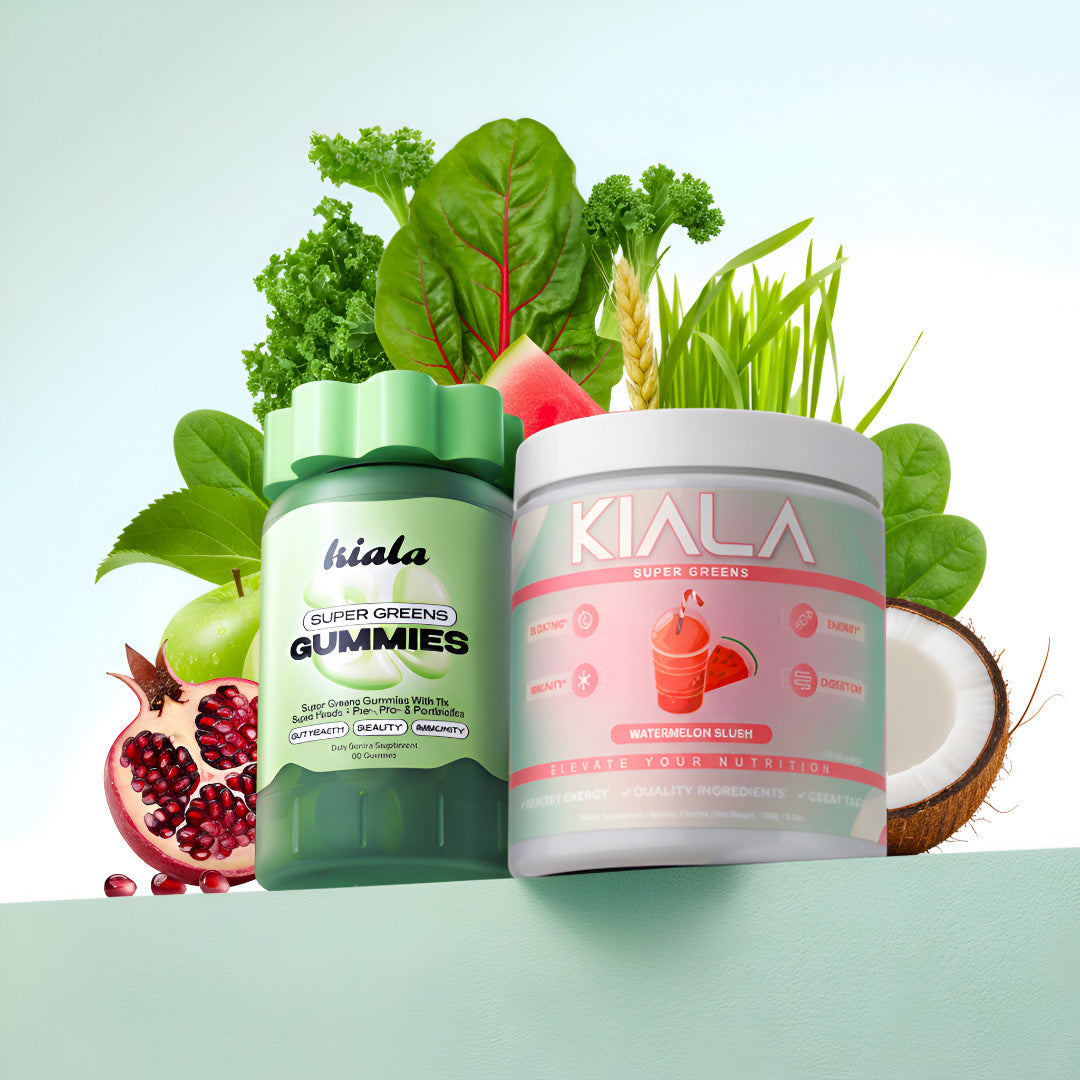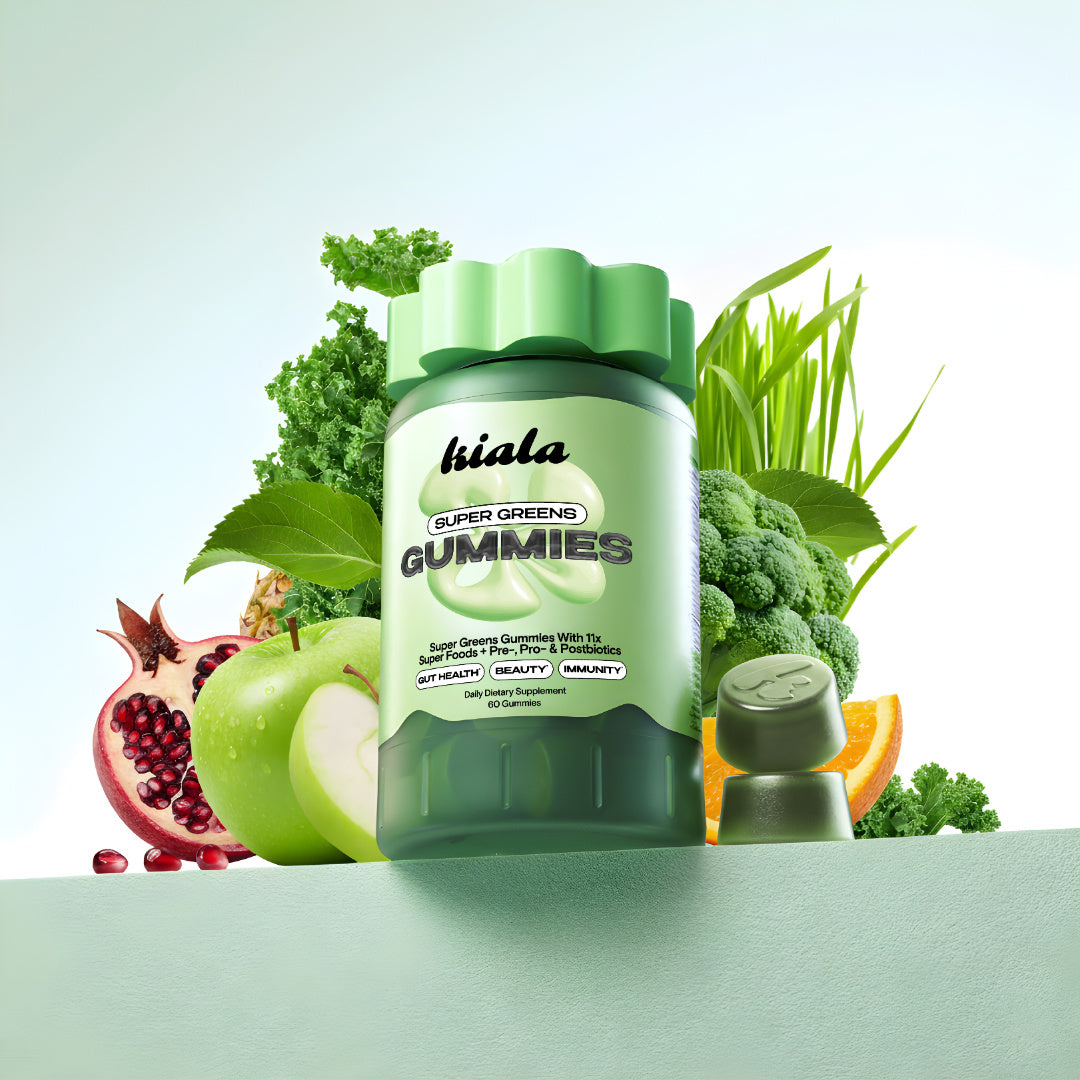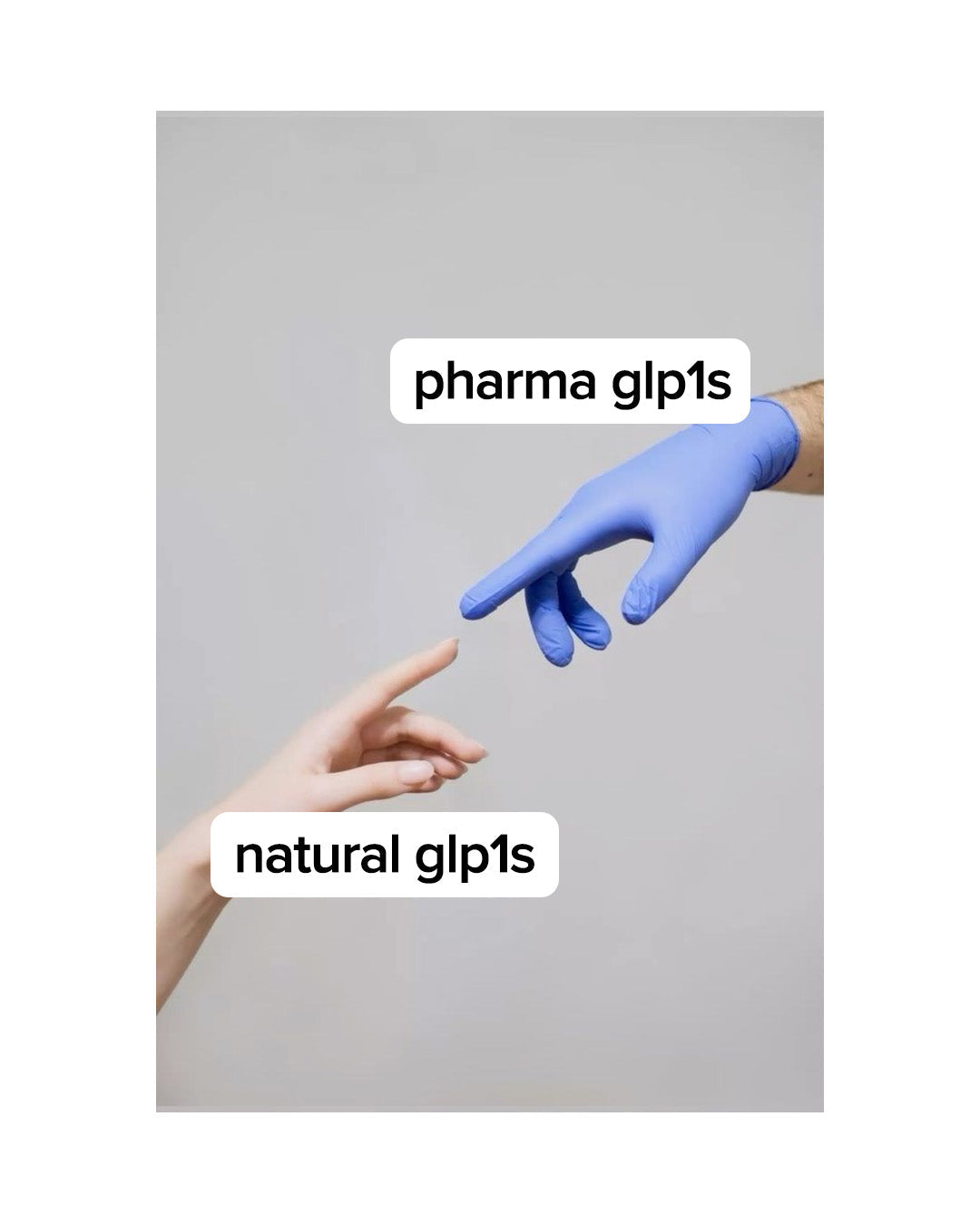I Compared Natural GLP-1 Support to Ozempic for 90 Days
This experiment could have ruined my health or credibility—but I had to know the truth. I spent three months comparing natural GLP-1 support to semaglutide head-to-head. The results challenge everything you think you know about peptide protocols.
What I discovered might save you thousands and years of metabolic confusion.
The Great Divide
We're living through the most polarized wellness moment in history. Pharmaceutical evangelists versus natural health advocates. But nobody has done a real comparison using proper controls and measurable outcomes.
Dr. Frank Greenway, Pennington Biomedical Research Center: "Natural GLP-1 stimulation potential exists, but we lack comparative effectiveness research."
I became my own case study.
The 90-Day Protocol
Days 1-30: Semaglutide 0.25mg weekly following standard protocol. Tracked weight, body composition, energy, mood, sleep, digestion, and blood panels.
Days 31-60: Gradually reduced semaglutide while implementing natural support: berberine, chromium, alpha-lipoic acid, bitter melon, and targeted fibers.
Days 61-90: Pure natural protocol with enhanced metabolic foundation including B-vitamins, magnesium, omega-3s, and polyphenols.
The Surprising Results
Weight Loss Comparison:
- Pharmaceutical: 6.8 lbs by week 4, 14.2 lbs total
- Natural: Slower start, 14.8 lbs total by week 12
Energy Levels:
- Pharmaceutical: Initial stability, then gradual decline
- Natural: Steady improvement throughout
Digestive Function:
- Pharmaceutical: Progressive slowing, constipation
- Natural: Normal function, improved comfort
Side Effects:
- Pharmaceutical: Nausea, fatigue, sleep disruption
- Natural: None significant, improved sleep quality
The Science Behind Natural GLP-1
Clinical studies show berberine increases GLP-1 production by 42% while improving insulin sensitivity. Chromium picolinate enhances GLP-1 receptor sensitivity. Specific prebiotic fibers stimulate intestinal L-cells for natural GLP-1 production.
Dr. Andreas Pfeiffer, German Institute of Human Nutrition: "Natural GLP-1 stimulation works through multiple pathways—nutrient sensing, gut microbiome modulation, receptor sensitization—potentially offering more sustainable effects."
The Cost Reality
Pharmaceutical Route: $1,500-2,000/month (medication + monitoring + side effect management)
Natural Route: $200-300/month (natural support + metabolic foundation + optional monitoring)
ROI Factor: Natural approach costs 85% less with comparable weight loss results and superior overall health outcomes.
The Sustainability Factor
Pharmaceutical: Requires ongoing injections, dose escalations, side effect management. Stopping often results in rapid regain.
Natural: Creates sustainable lifestyle changes with metabolic improvements that persist beyond supplementation.
The Individual Response
Best Candidates for Natural: Women with metabolic flexibility, moderate stress levels, and 4-8 week patience for full effectiveness.
Pharmaceutical Considerations: May be necessary for severe metabolic dysfunction or immediate medical needs, but natural support can enhance effectiveness and ease transitions.
The Bottom Line
Both approaches work for weight loss but create different long-term outcomes.
Pharmaceutical GLP-1s: Faster, more dramatic results requiring ongoing medical management and nutritional support.
Natural GLP-1 support: Longer establishment time but sustainable metabolic improvements persisting beyond supplementation.
The best approach might be strategic sequencing or combination therapy tailored to individual needs—not either/or thinking.
You don't have to choose the most dramatic option to get real results. Natural approaches deserve serious consideration, especially for women prioritizing long-term metabolic health.
Sources:
- Greenway, F. L., et al. (2023). "Natural GLP-1 stimulation mechanisms." Obesity Research, 31(4), 891-902.
- Zhang, Y., et al. (2023). "Berberine effects on GLP-1 production." Journal of Nutritional Biochemistry, 112, 109214.
- Mueller, M., et al. (2022). "Chromium and GLP-1 receptor sensitivity." Diabetes Care, 45(8), 1847-1855.
- Pfeiffer, A., et al. (2023). "Multi-pathway approaches to metabolic regulation." Nature Reviews Endocrinology, 19(6), 344-356.
Ready to explore natural GLP-1 support? Discover comprehensive metabolic foundation designed for sustainable transformation.
Read more

Why Every Woman on Peptides Needs This Daily Foundation (It's Not What You Think) This is going to make some doctors uncomfortable, but I'm done staying quiet: if you're on GLP-1 medications withou...

Two years of development. And I can say with confidence: this is the most sophisticated formulation we've ever brought to market. Let me be direct: we didn't create gummies because they're trending...
















